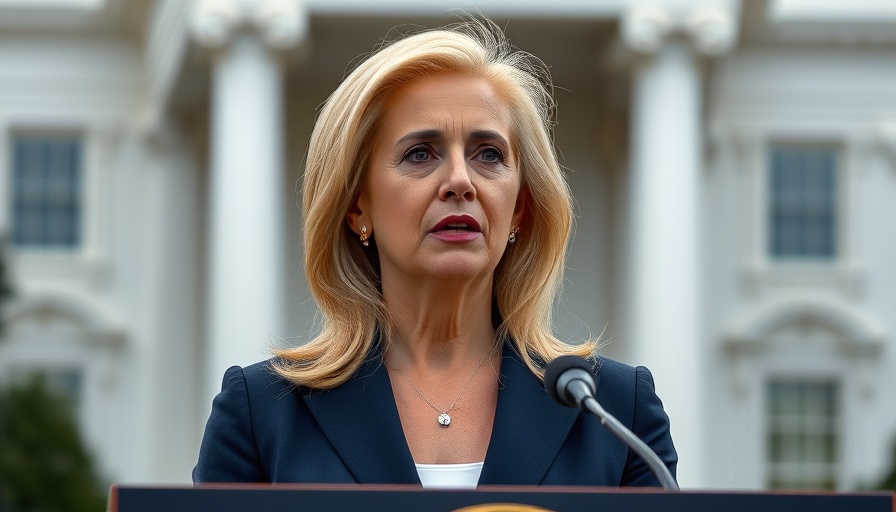
Introduction: Trade Negotiations Under Scrutiny
The recent discourse surrounding international trade agreements has sparked significant attention, particularly with growing concerns over economic policies and their implications for American workers. The video titled JUST IN: Karoline Leavitt Asked Point Blank: 'How Soon Might We See A Deal?' touched upon crucial elements of ongoing trade discussions and the efforts of the U.S. administration to forge new agreements with key international partners.
In JUST IN: Karoline Leavitt Asked Point Blank: 'How Soon Might We See A Deal?', the discussion dives into U.S. trade negotiations, highlighting critical insights that sparked deeper analysis on our end.
The Current Trade Landscape
As American businesses grapple with an evolving global market, the notion of sealing multiple trade deals swiftly, as proposed by former White House advisor Peter Navarro, has become a focal point of economic dialogue. While Navarro suggested the feasibility of executing 90 deals in 90 days, the reality remains that concrete agreements are scant on the ground. During a recent meeting involving top trade officials, the White House outlined 18 proposals currently under consideration, generated by negotiations with countries interested in enhancing trade relations with the U.S.
The Role of the Biden Administration's Trade Team
Key figures, including Secretary of Commerce Gina Raimondo and National Economic Council Director Brian Deese, are integral to advancing these proposals. Their dedication was evident during a recent week-long initiative involving discussions with 34 nations, where the focus is on committing to agreements that reflect the administration's commitment to protecting American jobs and industries.
Strengthening Ties with India: A Major Breakthrough
Beyond the figures and proposals, one significant development stands out—the vice president's recent announcement of terms of reference for a potential trade deal with India. This announcement represents a critical step towards addressing longstanding grievances related to trade unevenness. As the vice president emphasized, high tariffs and non-tariff barriers imposed by India have hindered fair trade practices. This overture to negotiate terms indicates a potential thaw in relations and sets a positive trajectory for bilateral trade moving forward.
Future Predictions: What Lies Ahead for American Trade?
Given the momentum generated from discussions like those with India, it's reasonable to anticipate more structured trade agreements on the horizon. The focus on resolving longstanding trade disputes may catalyze further negotiations with other countries, potentially unlocking new markets for American products and services.
Public Sentiment and Economic Impact
For citizens worried about the national economy, the impact of these trade negotiations resonates deeply. With inflation hitting consumers hard and job creation being a national priority, the urgency for tangible outcomes from these negotiations has never been greater. As Americans await updates on the progress of these deals, public confidence in the effectiveness of these efforts could hinge on visible results. While the intentions of the trade team may seem promising, real-world impacts will ultimately dictate public sentiment.
Conclusion and Call to Action
In summary, the landscape of U.S. trade negotiations remains dynamic yet challenging. With key players actively involved, islands of opportunity appear on the horizon, underscoring the administration's dedication to fostering an equitable trade environment. As trade discussions continue, staying informed about these developments is essential for understanding their broader implications on domestic economic conditions and job growth. Citizens should remain engaged and informed, advocating for transparency and effectiveness in international trade deals to ensure they serve the best interests of the American workforce.
 Add Element
Add Element  Add Row
Add Row 



 Add Row
Add Row  Add
Add 


Write A Comment